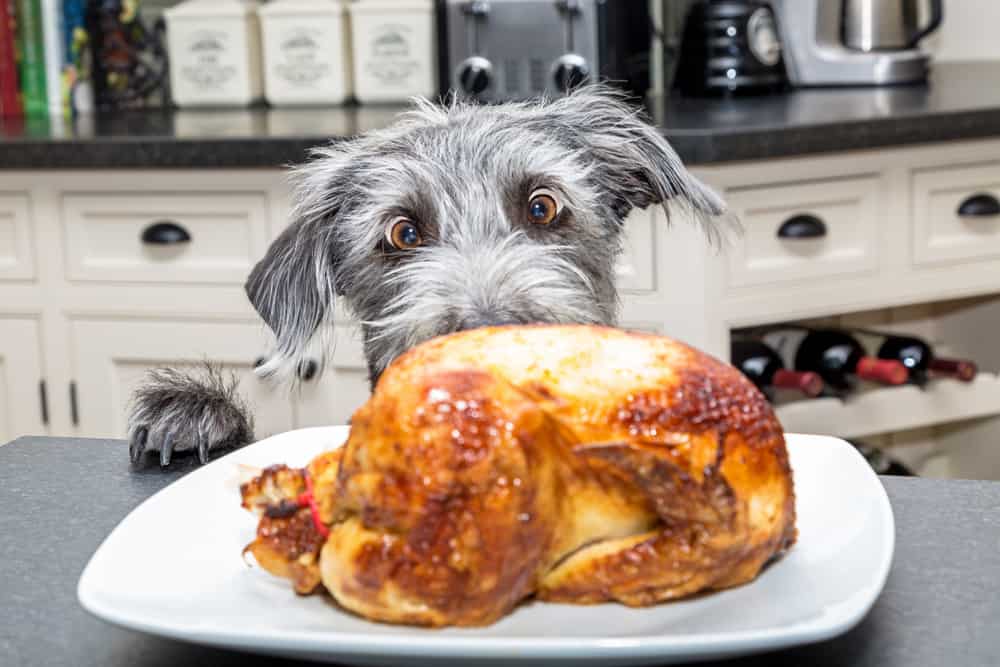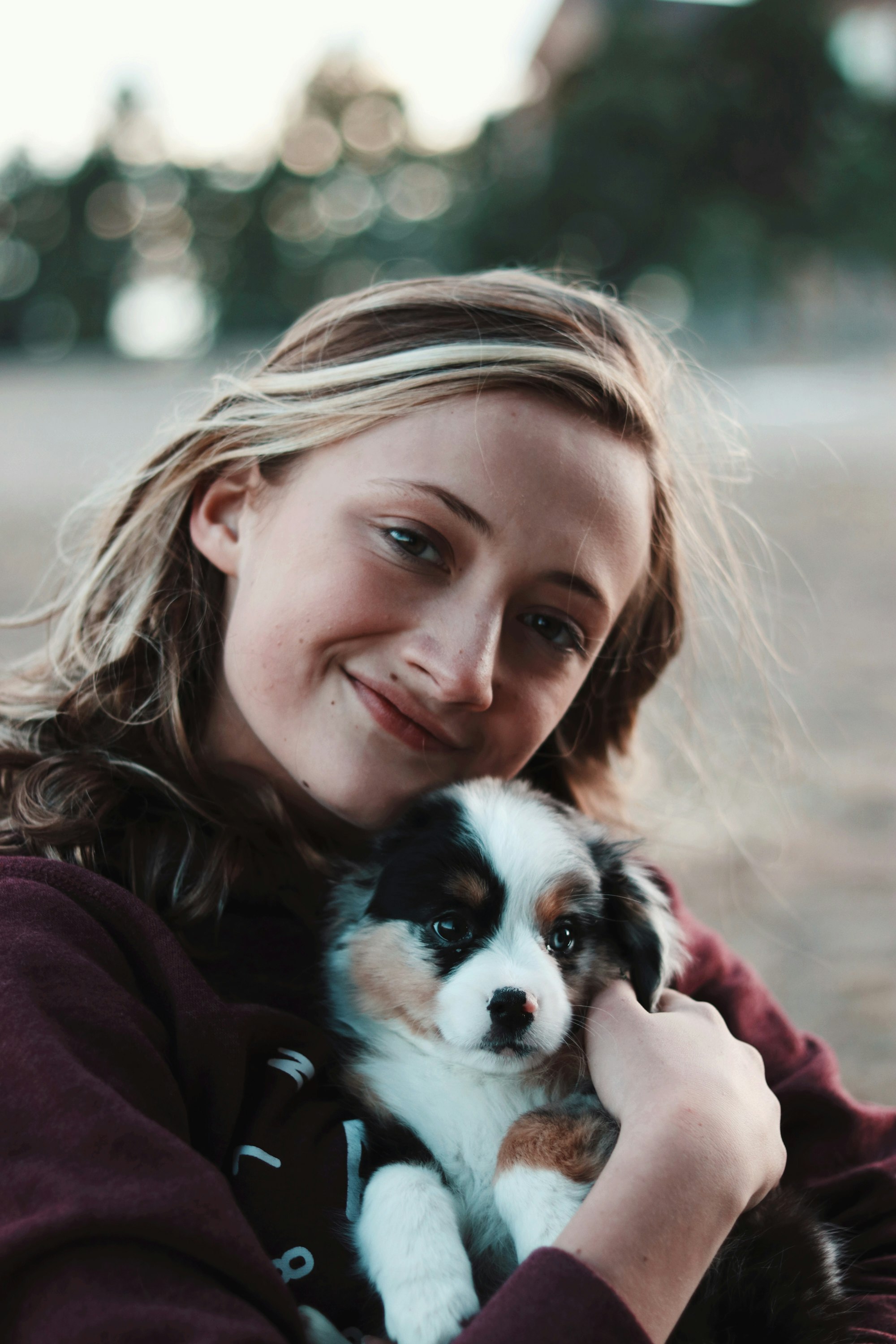Putting a collar on a dog is a fundamental aspect of pet ownership that goes beyond mere aesthetics. A collar serves several vital functions: it's a direct way to attach identification and contact information, making it easier to reunite with your dog should they ever get lost. It also provides a means to secure a leash, which is essential for safe walks, training, and compliance with local leash laws. Additionally, collars can be a medium for displaying your dog's personality through various designs and materials, and in some cases, they are used for specific training purposes.

However, the act of putting a collar on a dog is not always as straightforward as it might seem. Factors such as the dog's comfort, the collar's fit, and the dog's familiarity with wearing a collar all play crucial roles in ensuring the process is as stress-free and positive as possible. This is particularly important for new dog owners or those introducing a collar to a dog for the first time.
The purpose of this article is to guide dog owners through the process of safely and comfortably putting a collar on their dog. Whether you're a first-time pet owner or looking to improve your dog's comfort with their collar, this article will provide you with step-by-step instructions, tips for choosing the right collar, and advice on how to make wearing a collar a positive experience for your furry friend. By the end of this guide, you'll be equipped with the knowledge to ensure your dog's collar is not just a necessity but a comfortable and safe part of their daily life.
Understanding Dog Collars
Selecting the right collar for your dog involves understanding the various types available and their specific purposes. This knowledge ensures not only the safety and comfort of your dog but also the effectiveness of the collar in your daily routines.
Types of Dog Collars and Their Purposes
- Flat Collars: These are the most common type of collars and are suitable for everyday use. They are typically made from nylon or leather and come with a buckle or a quick-release snap to fasten them around your dog's neck. Flat collars usually hold identification tags, rabies vaccination tags, and a leash.
- Martingale Collars: Often referred to as "limited slip" collars, martingale collars are designed for dogs with narrow heads, such as Greyhounds, to prevent them from slipping out of their collar. They tighten slightly when a dog pulls on the leash but not to the extent that they choke or harm the dog, making them safer and more humane.
- Training Collars: These include various designs like choke chains, prong collars, and electronic collars. They should be used with caution and under professional guidance as they can cause pain or discomfort if not used properly. Training collars are intended for specific training situations and not for everyday wear.

Choosing the Right Collar
When selecting a collar, consider the following factors to ensure the best fit for your dog:
- Size: Measure your dog's neck and add two inches for the correct size, ensuring the collar won't be too tight or too loose. A general rule is that you should be able to fit two fingers comfortably between the collar and your dog's neck.
- Breed and Behavior: Consider your dog's breed, size, and behavior. For instance, a strong, large breed with a tendency to pull might benefit from a martingale collar for walks but a flat collar for identification purposes.
- Material and Durability: Choose a material that suits your dog's lifestyle and your maintenance preferences. Nylon is durable and easy to clean, while leather can be more durable and comfortable but requires more care.
The Significance of the Right Fit and Comfort
A well-fitting collar is paramount for your dog's safety and comfort. A collar that's too tight can cause discomfort, restricted breathing, or even injuries, while a collar that's too loose can slip off, posing a risk of your dog getting lost. Regularly check the fit, especially for growing puppies, and ensure the collar is adjusted to maintain the right fit as your dog grows or changes in weight.
Comfort is equally important. A comfortable collar means your dog is more likely to accept wearing it without fuss, making it easier for you to manage them during walks, training, and social outings. Look for collars with smooth edges, soft materials, and ensure they're lightweight enough not to burden your dog, especially for smaller breeds.
By understanding the different types of collars and considering your dog's unique needs, you can choose a collar that ensures their safety, responds to their behavior, and maintains their comfort.
Discover the Fi Dog Collar: The Smart Choice for Your Pet's Safety and Comfort
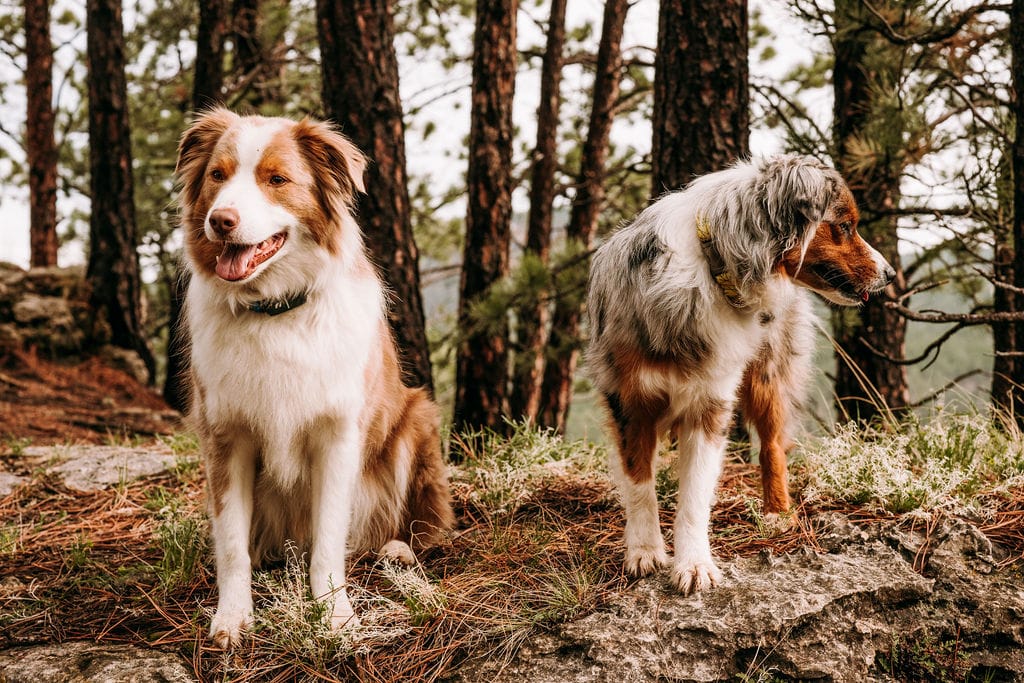
Elevate your dog's safety and comfort with the Fi Dog Collar, the ultimate accessory that goes beyond traditional expectations. As we delve into the importance of selecting the right collar for your furry friend, consider the innovative Fi Dog Collar, designed with your pet's well-being in mind. This advanced collar not only ensures a comfortable fit but also incorporates cutting-edge geofence features, offering peace of mind by keeping track of your dog's location.
Whether you're a first-time pet owner or looking to enhance your dog's collar experience, the Fi Dog Collar aligns perfectly with the insights shared in this article. It's not just about securing a leash or attaching ID tags; it's about providing a safe, positive, and stress-free environment for your beloved pet. Choose the Fi Dog Collar and embrace a smart, secure, and stylish solution for your dog's daily needs.
Preparing Your Dog
Introducing a collar to your dog is a crucial step in pet ownership, one that should be approached with patience and positivity. The way your dog perceives this new object around their neck can significantly influence their comfort and cooperation. Here are some strategies to ensure a smooth introduction to wearing a collar.
Importance of a Positive Introduction
A positive introduction to a collar sets the foundation for your dog's acceptance and comfort. Dogs, much like humans, form associations with their experiences. If the collar is introduced in a way that feels safe and positive, your dog is more likely to wear it without resistance. A negative experience, on the other hand, can lead to fear, anxiety, and aversion, making future collar-wearing attempts challenging.
Tips for Getting Your Dog Comfortable with the Collar
- Start Slow: Begin by letting your dog sniff and investigate the collar. Place it near their sleeping area or with their toys so they can get used to its presence and scent.
- Associate with Positive Reinforcements: Introduce the collar during playtime or before a meal, associating it with something positive. You can also use treats to reward your dog for showing interest in the collar or for staying calm while you hold it near them.
- Short Sessions: Initially, put the collar on for short periods while engaging in a pleasant activity, gradually increasing the time as your dog becomes more comfortable.
- Distraction: Provide your dog with a distraction, such as a favorite toy or a treat, while you put the collar on. This helps create a more positive experience by associating the collar with enjoyable moments.
Understanding Dog Body Language and Signs of Discomfort or Fear
Recognizing your dog's body language is key to understanding their feelings about the collar. Signs of discomfort or fear can include:
- Avoidance: Moving away or turning their head when the collar is presented.
- Pawing at the Collar: Indicates the collar may be uncomfortable or that your dog is not used to having something around their neck.
- Whining or Barking: Vocalizations can be a sign of distress or discomfort.
- Submissive Behavior: Such as crouching, tucking the tail, or laying the ears back.
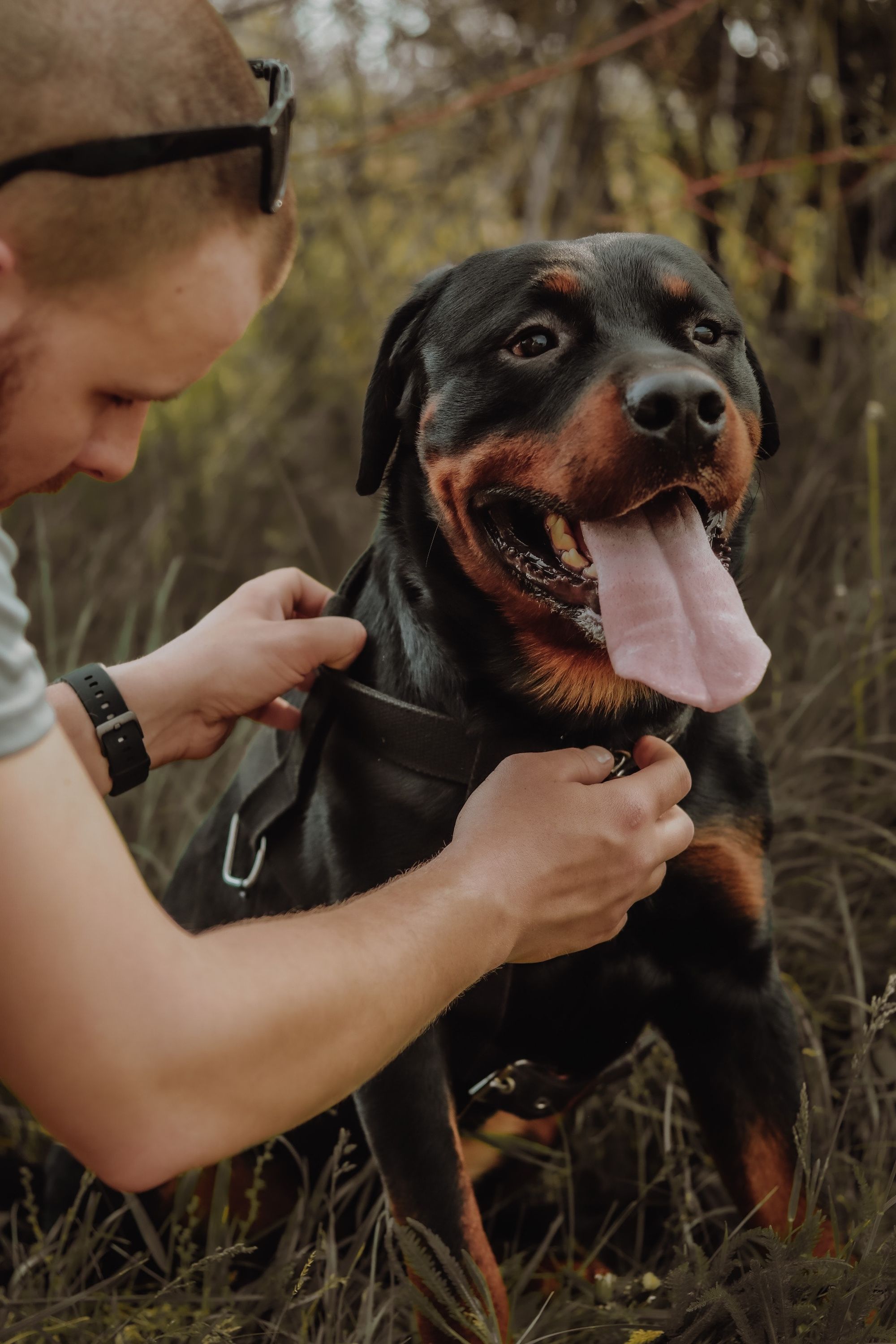
If you notice these signs, it's essential to pause and reassess. The collar might be too tight, too heavy, or simply unfamiliar. Reintroduce the collar more slowly, ensuring it's a comfortable fit and associating it with positive experiences.
Preparing your dog to wear a collar involves understanding their perspective and gradually acclimating them to this new accessory in a way that feels safe and positive. By doing so, you ensure that your dog's introduction to wearing a collar is as stress-free as possible, laying the groundwork for easy, comfortable collar-wearing in the future.
Step-by-Step Guide to Putting on a Collar
Properly introducing and fitting a collar on your dog is essential for their comfort and safety. Follow this step-by-step guide to ensure a positive experience for both you and your pet.
Choosing the Right Environment
Begin in a setting that is calm and familiar to your dog, free from distractions and stressors. This could be a quiet room in your home where your dog feels safe and relaxed. A familiar environment helps reduce any potential anxiety associated with new experiences like wearing a collar for the first time.
Adjusting the Collar
Before introducing the collar to your dog, adjust it to approximately the right size. You should aim for a fit that allows two fingers to slip comfortably between the collar and your dog's neck. This preliminary adjustment prevents the need for excessive fiddling while putting the collar on your dog, making the process smoother and quicker.
Introducing the Collar to Your Dog
Allow your dog to inspect the collar by sniffing it, which can help reduce their curiosity or anxiety about this new object. You can lay the collar near their favorite spots or gently place it near them during playtime to create a positive association.
Putting the Collar On
- Hold the Collar Open: Gently hold the collar open and encourage your dog to come to you. Use a calm and encouraging tone of voice.
- Gently Place the Collar: Carefully place the collar around your dog's neck without fastening it. Let them wear it loosely for a few moments to get used to the feeling.
- Fasten the Collar: Once your dog seems comfortable, securely fasten the collar. Ensure it's not too tight by checking if you can fit two fingers between the collar and your dog's neck.
Checking the Fit
After fastening the collar, double-check the fit. You should be able to comfortably slide two fingers under the collar. If the collar is too tight, it can cause discomfort or breathing difficulties; if it's too loose, your dog might slip out of it. Adjust as necessary to ensure a snug yet comfortable fit.
Rewarding Your Dog
Reward your dog with treats, praise, or their favorite toy immediately after putting the collar on and periodically while they're wearing it. This positive reinforcement helps your dog associate wearing the collar with positive experiences, making them more likely to accept it willingly in the future.
By following these steps, you can ensure that your dog's introduction to wearing a collar is positive and stress-free. Remember, patience and consistent positive reinforcement are key to helping your dog adjust to their new collar comfortably.
Troubleshooting Common Issues
Even with a careful and patient approach, you might encounter some challenges when introducing your dog to a collar. Here are solutions to some common issues that dog owners face.
Dealing with a Dog That Resists Wearing a Collar
If your dog resists wearing a collar, it's essential to proceed with patience and avoid forcing the collar on them, as this can lead to fear and anxiety.
- Gradual Introduction: Reintroduce the collar gradually, allowing your dog to investigate and become comfortable with it at their own pace. Place the collar near their bedding or play area to create a positive association.
- Positive Reinforcement: Use treats, praise, and play to encourage your dog as they interact with the collar. Reward any positive behavior or interest shown in the collar.
- Distraction Techniques: Try putting the collar on during meal times or while playing, so your dog associates the collar with positive activities.
Adjusting a Collar That Doesn't Fit Well
A collar that doesn't fit well can cause discomfort or even harm to your dog. Here's how to adjust it:
- Check the Fit: Regularly check the collar's fit, especially in growing puppies. You should always be able to fit two fingers comfortably between the collar and your dog's neck.
- Readjust as Needed: If the collar is too tight or too loose, adjust it accordingly. Most collars have buckles or sliders for easy adjustment.
- Consider a Different Type: If the current collar type doesn't seem to suit your dog, consider trying a different style or material that might be more comfortable for them.
What to Do if Your Dog Tries to Remove the Collar
It's not uncommon for dogs to try and remove their collars, especially when they're not used to wearing one.
- Supervision: Initially, supervise your dog while they're wearing the collar to prevent them from chewing on it or getting caught on objects.
- Distraction: Provide plenty of distractions such as toys and playtime when they first start wearing the collar to keep their mind off it.
- Training: Train your dog to associate the collar with positive experiences. You can use commands and treats to encourage them to leave the collar alone.
- Check for Discomfort: Ensure the collar isn't causing irritation or discomfort. Check for any signs of rubbing, hair loss, or skin issues around the neck area.
By addressing these common issues with patience, understanding, and positive reinforcement, you can help your dog adjust to wearing a collar. Remember, every dog is unique, and what works for one may not work for another. Stay attuned to your dog's needs and responses, and adjust your approach as necessary to ensure their comfort and safety.
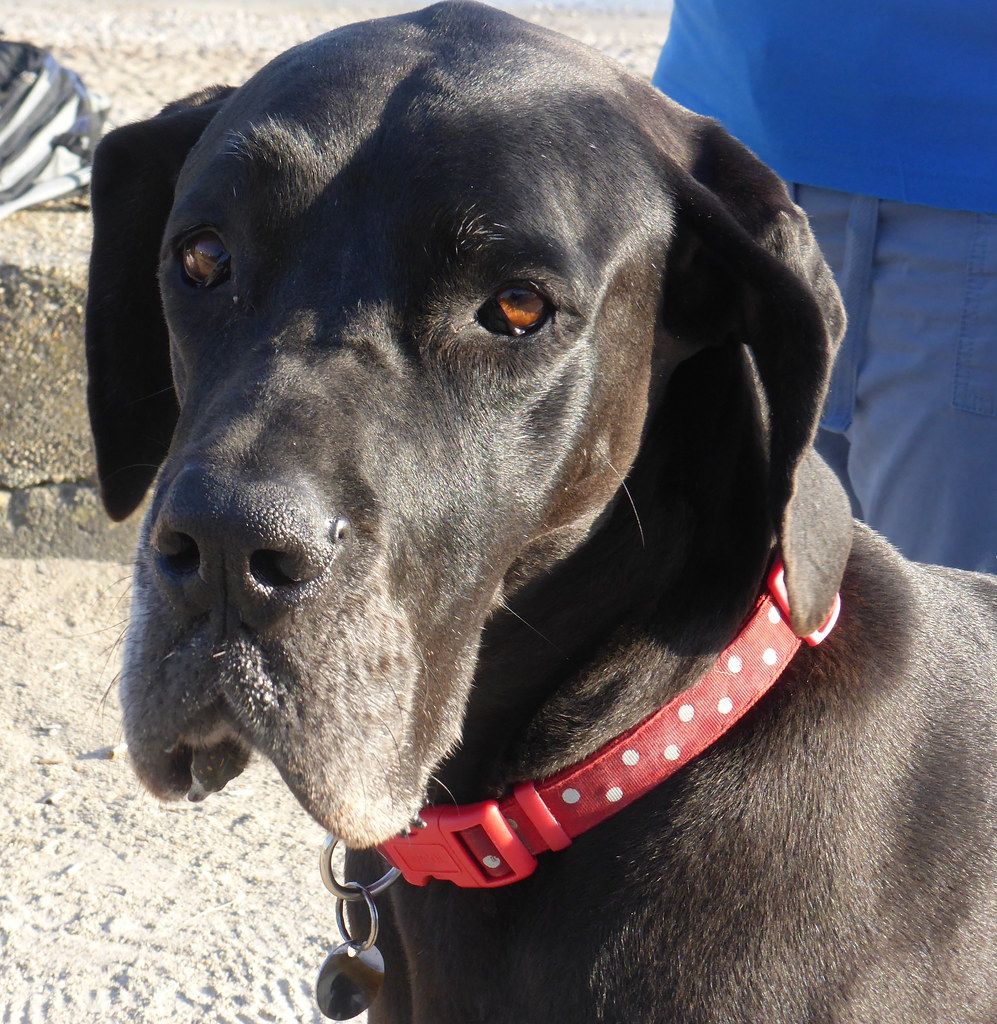
Safety Considerations
Ensuring the safety and comfort of your dog while they wear a collar is paramount. Being mindful of a few key safety considerations can prevent potential injuries and ensure your dog's well-being.
Regular Checks for Signs of Irritation or Discomfort
It's essential to regularly inspect both your dog's neck and the collar for any signs of irritation or discomfort. Here's what to look out for:
- Redness or Hair Loss: These can be signs of an allergic reaction to the material of the collar or that the collar is too tight.
- Chafing or Sores: Indications that the collar is rubbing against your dog's skin, possibly due to poor fit or the wrong type of collar for your dog's skin sensitivity.
- Behavioral Changes: Pay attention to any changes in your dog's behavior, such as scratching at the collar area more than usual, which could indicate discomfort.
Regular inspections allow you to catch and address any issues early, preventing them from becoming more serious.
The Importance of Not Leaving the Collar on Your Dog at All Times
While collars are essential for identification and control, there are situations when it's safer to remove them:
- At Home: Allowing your dog to go collar-free in a safe, enclosed space can prevent potential choking hazards, such as the collar getting caught on furniture or play equipment.
- During Crate Time: Removing the collar when your dog is in their crate can prevent the collar from catching on the crate's bars, which could lead to injury.
- Specific Collar Types: Certain collars, like prong or choke collars, are designed for training sessions and should not be worn continuously due to the risk of injury they pose if caught on something.
It's also advisable to have a breakaway collar for situations when your dog must wear a collar unsupervised. These collars are designed to unlatch automatically if a certain amount of pressure is applied, reducing the risk of choking.
By incorporating these safety checks and considerations into your routine, you can help ensure that your dog remains comfortable and safe while wearing their collar. Remember, the goal is to make wearing a collar a positive and safe experience for your dog, reinforcing your bond and their well-being.
Advanced Tips and Tricks
Once your dog is comfortable with wearing a basic collar, you can enhance their experience and your training efforts with some advanced techniques. These tips can help make the collar an integral part of your dog's routine, reinforcing positive behavior and facilitating smoother transitions to new collars or training methods.
Training Your Dog to Associate the Collar with Positive Experiences
Creating positive associations with the collar can make your dog look forward to wearing it. Here's how:
- Treats and Praise: Each time you put the collar on your dog, reward them with treats and verbal praise. Over time, your dog will associate the collar with these positive outcomes.
- Playtime and Walks: Put the collar on right before engaging in your dog's favorite activities, such as playtime or walks. This association makes the collar a precursor to enjoyable experiences.
- Consistency: Consistently using positive reinforcement methods helps solidify the collar's positive association in your dog's mind.
How to Transition to a New Collar
Switching to a new collar can be necessary as your dog grows or if you're introducing a collar for specific training purposes. To ensure a smooth transition:
- Familiarize Your Dog with the New Collar: Allow your dog to sniff and interact with the new collar as they did with the initial one.
- Gradual Introduction: Start by having your dog wear the new collar for short periods, gradually increasing the time as they become more comfortable.
- Maintain Positive Associations: Use the same positive reinforcement techniques (treats, praise, favorite activities) to create a positive association with the new collar.
Using Collars for Training Purposes
Collars can be an effective tool in training when used responsibly:
- Correct Collar Choice: Ensure the collar type is appropriate for the training you're doing. For instance, a martingale collar can be useful for teaching leash manners without the harshness of a choke chain.
- Professional Guidance: When using specialized training collars (like prong collars or e-collars), it's crucial to seek guidance from a professional trainer to ensure they're used safely and effectively.
- Positive Reinforcement: Even when using collars for training, incorporate positive reinforcement to maintain a positive association and encourage desired behaviors.
By employing these advanced tips and tricks, you can enhance your dog's comfort and willingness to wear a collar, making it a beneficial tool for both safety and training. Remember, the key to success lies in patience, consistency, and the use of positive reinforcement to build a trusting and happy relationship with your dog.
Maintaining and Replacing Dog Collars
Regular maintenance of your dog's collar is essential to ensure its longevity and your pet's comfort. Knowing when to replace a collar is equally important to maintain your dog's safety. Here's how to keep up with collar maintenance and recognize the signs that it's time for a new one.
How to Clean and Maintain Your Dog's Collar
Collars can collect dirt, oils, and odors from regular use, making regular cleaning a must. The cleaning method depends on the collar's material:
- Nylon Collars: These can often be machine-washed in a garment bag or hand-washed with mild soap and warm water. Ensure the collar is thoroughly rinsed and completely dry before putting it back on your dog.
- Leather Collars: Use a damp cloth to wipe off dirt and debris. Treat the collar with a leather conditioner to prevent it from drying out and cracking. Avoid soaking leather collars, as water can damage the material.
- Metal Parts: Check for any signs of rust or deterioration. Metal parts can be cleaned with a damp cloth and dried immediately. If rust develops, consider replacing the collar to avoid potential skin irritation for your dog.
Regular checks and cleaning can significantly extend the life of your dog's collar and ensure it remains comfortable and safe to wear.
Signs That It's Time to Replace Your Dog's Collar
Even with good maintenance, collars wear out over time. Here are some signs that it's time for a replacement:
- Visible Wear and Tear: Look for fraying, tears, or severe fading, which can weaken the collar's integrity and reliability.
- Faulty Hardware: If buckles, clasps, or D-rings are no longer functioning correctly or show signs of rust, it's time for a new collar to ensure your dog's safety.
- Size Issues: Dogs grow, and what once fit perfectly may now be too tight or too loose. Regularly check the fit and upgrade the collar size as needed.
- Material Breakdown: Leather becoming brittle or nylon starting to fray are clear indicators that the collar is nearing the end of its useful life.
- Changes in Your Dog's Needs: As your dog ages or their lifestyle changes (e.g., more outdoor activities), you may need to switch to a collar that better suits their current needs.
By maintaining your dog's collar and recognizing when it's time for a replacement, you can ensure your pet's safety and comfort. Regular maintenance and timely replacements are key aspects of responsible pet ownership, contributing to your dog's well-being.
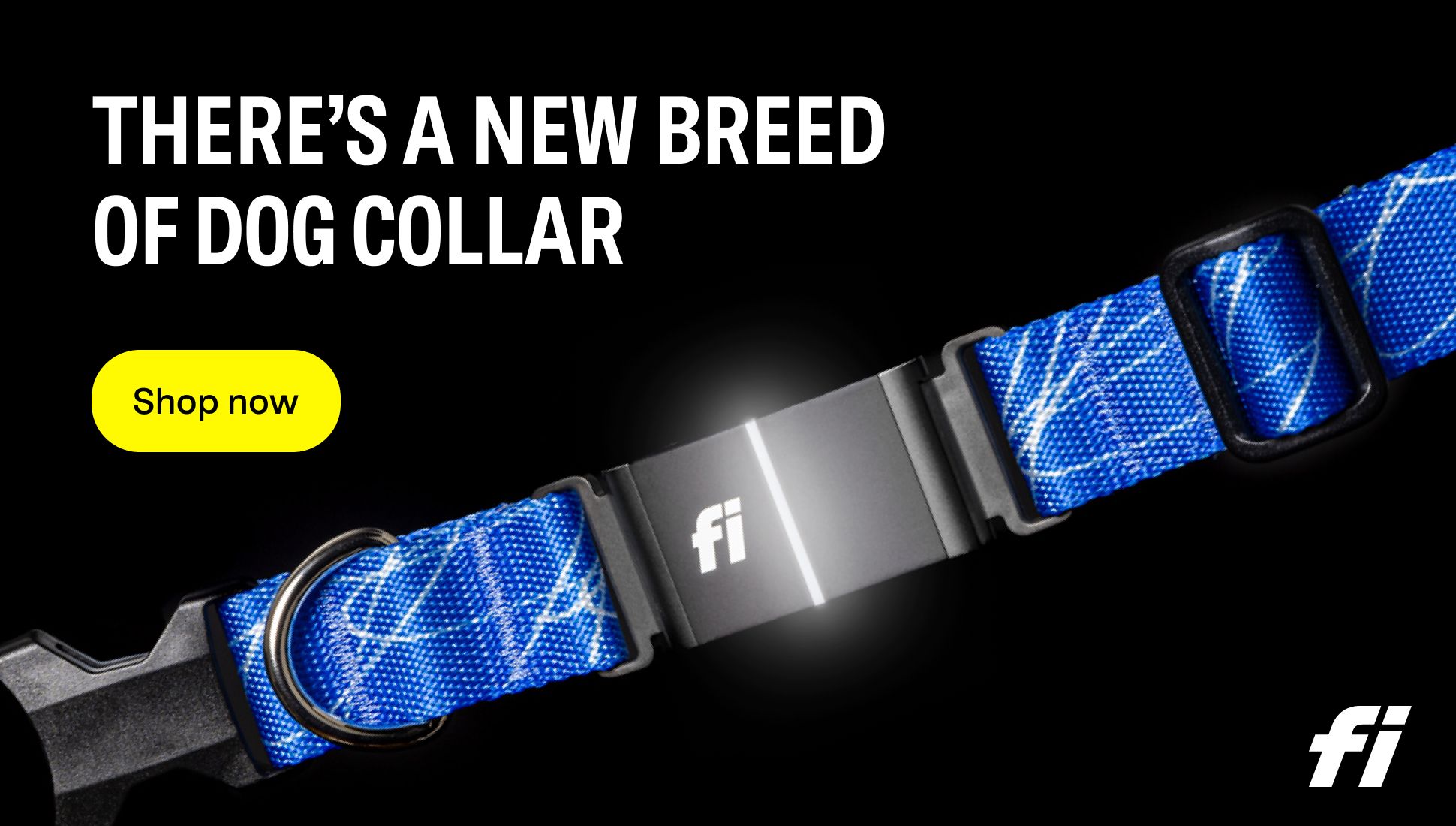
Conclusion
In this comprehensive guide, we've explored the essential aspects of selecting, fitting, and maintaining a collar for your dog. From understanding the various types of collars and their purposes to ensuring the right fit and comfort, we've covered the fundamental steps to introduce your dog to wearing a collar. We've also delved into advanced tips for creating positive collar experiences, the importance of regular maintenance, and the signs indicating when a collar needs replacing.
Key points to remember include:
- Choosing the Right Collar: Select a collar based on your dog's size, breed, and behavior, ensuring it serves its purpose for identification, safety, and training.
- Positive Introduction: Introduce the collar in a calm and positive manner, using treats and praise to create a pleasant association.
- Checking the Fit: Regularly ensure the collar fits well, allowing two fingers to fit comfortably between the collar and your dog's neck to avoid discomfort or injury.
- Maintenance and Replacement: Keep the collar clean and in good condition, and be vigilant for signs of wear and tear that necessitate replacement.
Responsible and informed collar use is crucial for the well-being of our canine companions. A well-chosen, properly fitted, and maintained collar not only ensures your dog's safety but also contributes to their overall comfort and happiness. By following the guidelines outlined in this article, dog owners can foster a positive and safe environment for their pets, reinforcing the bond between human and dog through gentle and effective collar use.
FAQs
- How tight should a dog's collar be?
- A dog's collar should be snug enough that it won't slip over their head, but loose enough to comfortably fit two fingers between the collar and your dog's neck. This ensures the collar is secure without causing discomfort or restricting breathing.
- At what age should a puppy start wearing a collar?
- A puppy can start wearing a collar as early as 8 weeks old, but it's important to choose a lightweight, adjustable collar to accommodate their rapid growth and ensure it's comfortable and safe.
- How often should I check the fit of my dog's collar?
- Check the fit of your dog's collar at least once a month, or more frequently for growing puppies. Adjustments may be needed due to growth, weight changes, or wear and stretch of the collar material.
- Can a collar cause harm to my dog?
- If not fitted or used properly, a collar can cause harm. A collar that's too tight can lead to skin irritation, discomfort, or breathing difficulties, while a loose collar can be a safety hazard. Choose the right type and size, and regularly check the fit to prevent issues.
- Should my dog wear a collar all the time?
- It's generally safe for a dog to wear a collar most of the time, but there are situations when it's safer to remove it, such as during crate time to prevent the collar from getting caught. Also, giving your dog breaks from wearing a collar, especially at home, can prevent potential irritation.
- How do I get my dog used to wearing a collar?
- Gradually introduce the collar with positive reinforcement. Let your dog sniff and explore the collar, then put it on for short periods while engaging in enjoyable activities, gradually increasing the time. Use treats and praise to build positive associations.
- Can a collar affect my dog's behavior?
- A collar itself shouldn't negatively affect your dog's behavior if it's the right type, fit, and introduced properly. However, certain training collars, if used incorrectly, can lead to stress or behavior issues. Always use positive reinforcement methods and consult a professional if you're considering a training collar.
